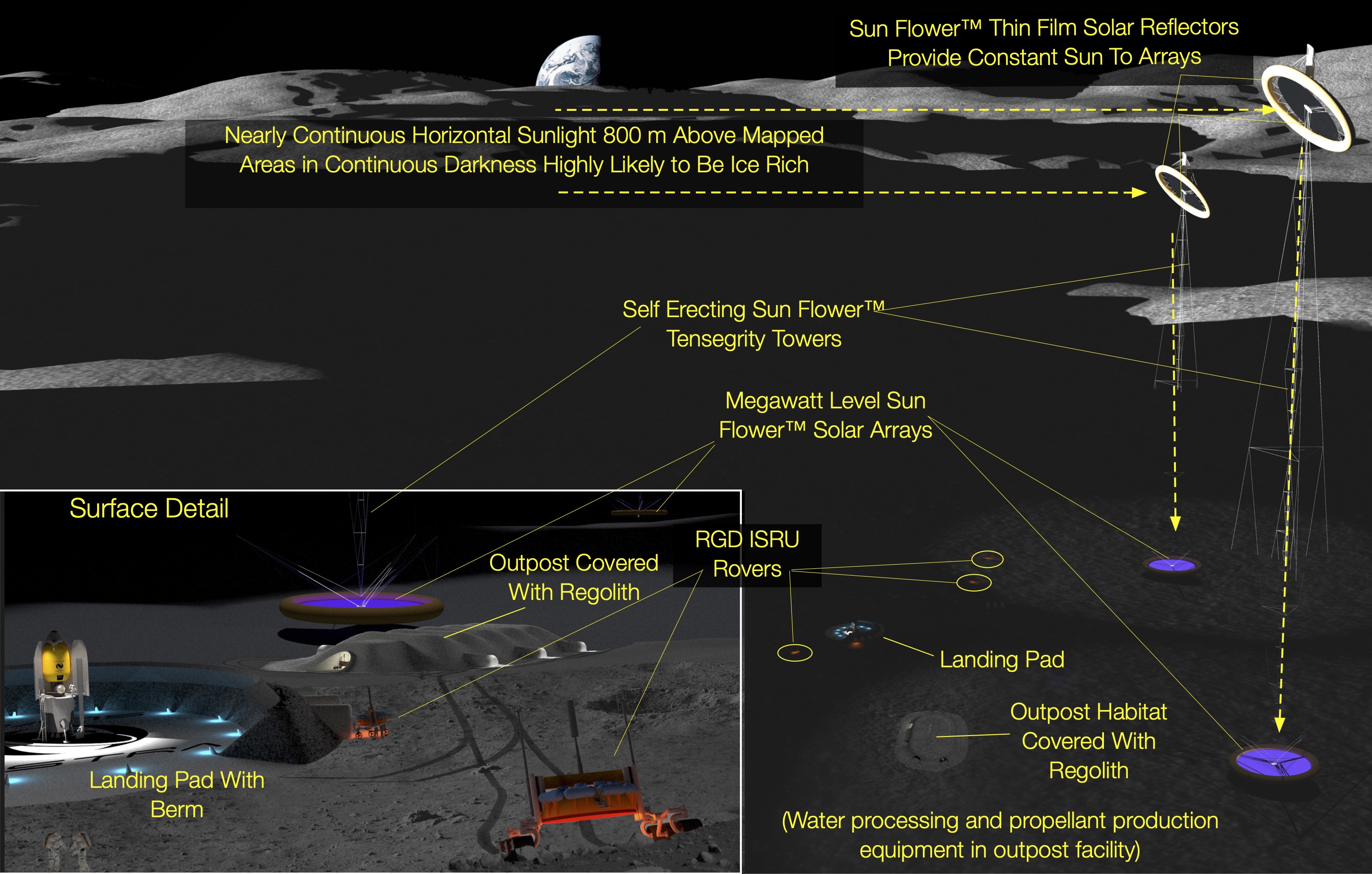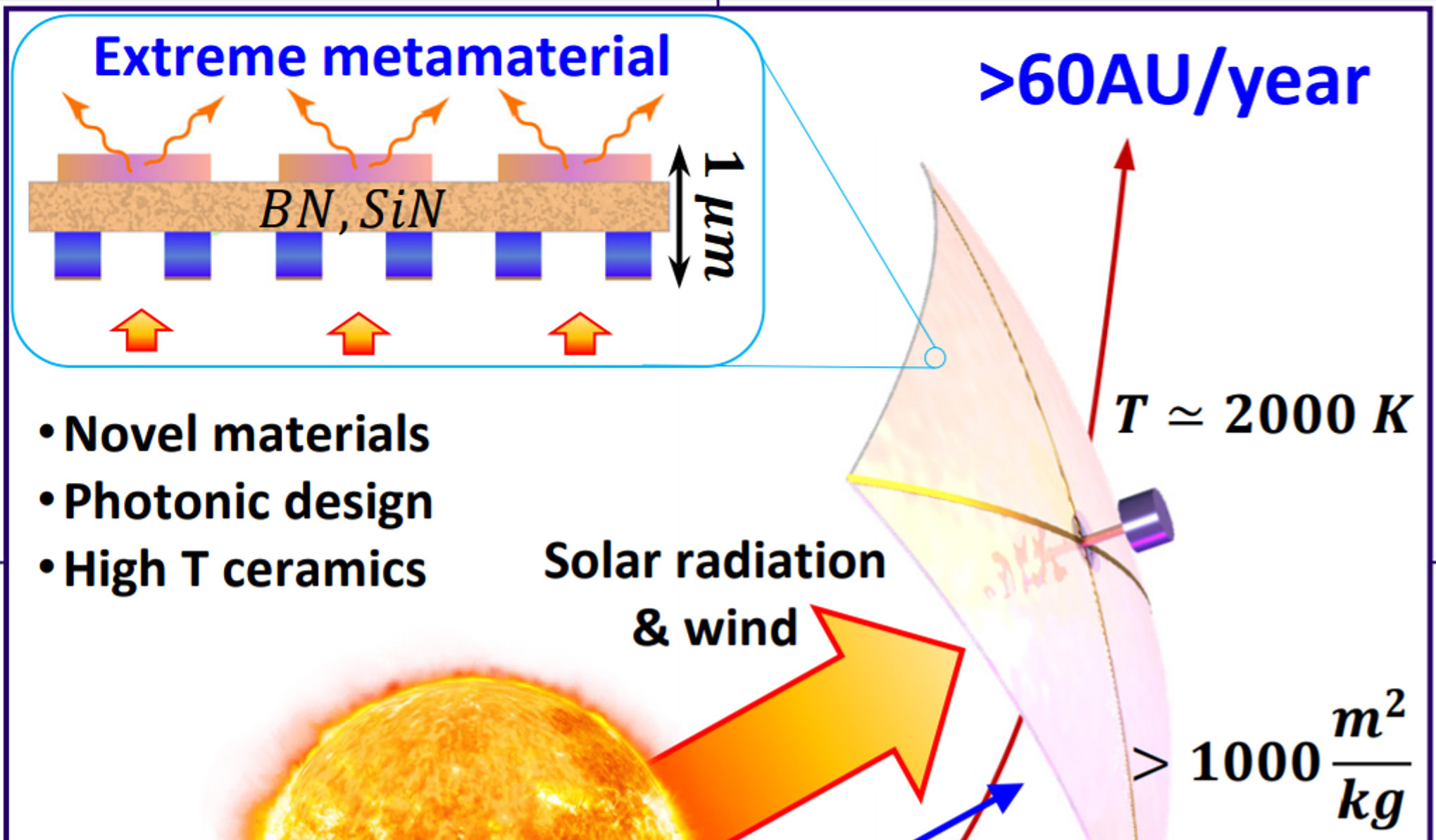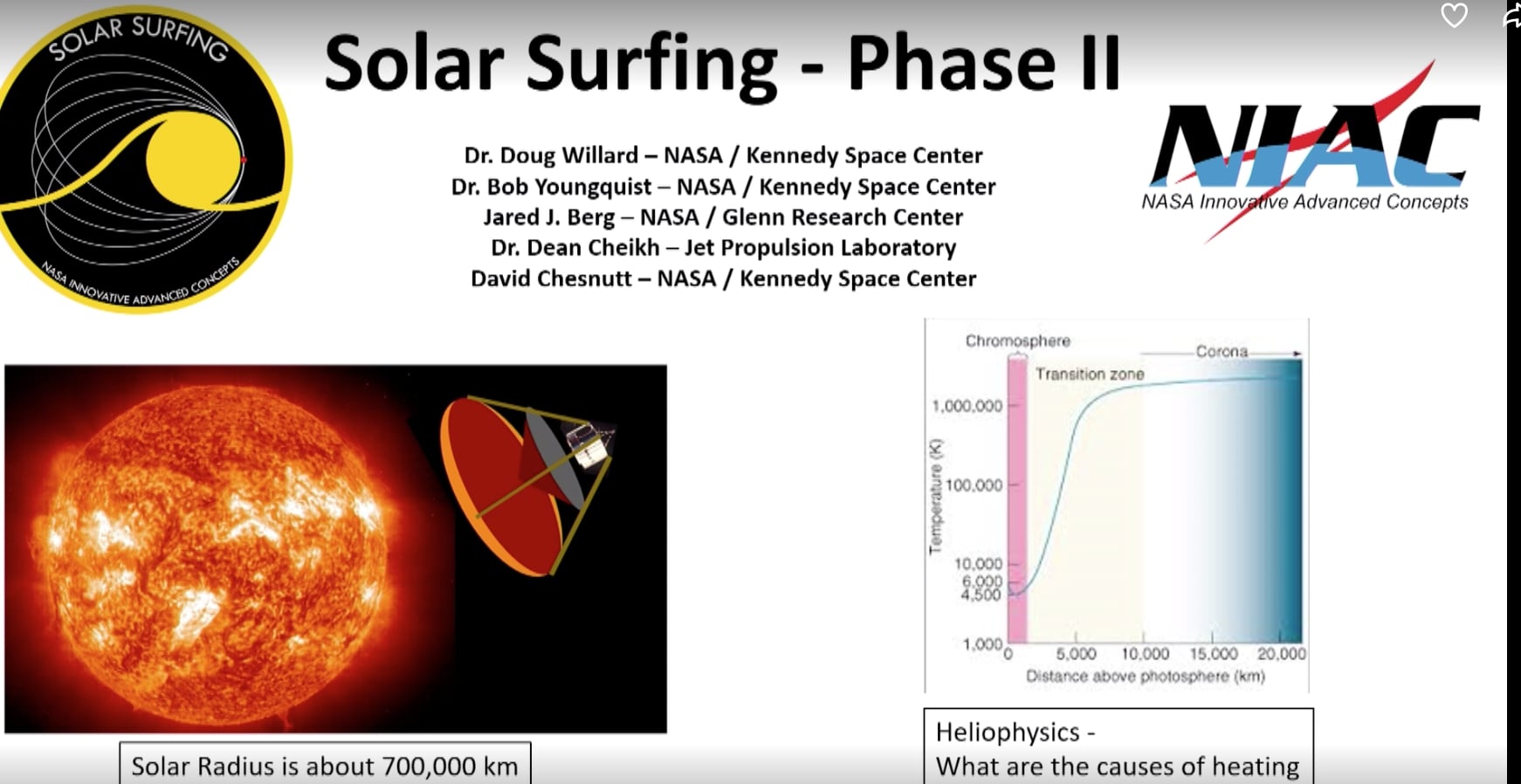Princeton Satellite Systems – $100 Million Plan for a Fusion Space Drive by 2027
Direct Fusion Drive (DFD) FD is a conceptual fusion-powered spacecraft engine. It should produce between 5-10 Newtons thrust per each MW of generated fusion power, with a specific impulse (Isp) of about 10,000-20,000 seconds. They would have 200 kW – 2MW available as electrical power. Approximately 35% of the fusion power goes to thrust, 30% …











